
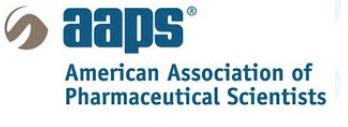
Evolution of Dissolution in Pharmaceutical Science Vinod P. Shah, Ph.D., FAAPS, FFIP President, SPDS-US Chapter North Potomac, MD Disso America 2022 Dissolution Science: Principles and Applications SPDS – US Chapter in Collaboration with AAPS Boston, MA. September 19-21, 2022
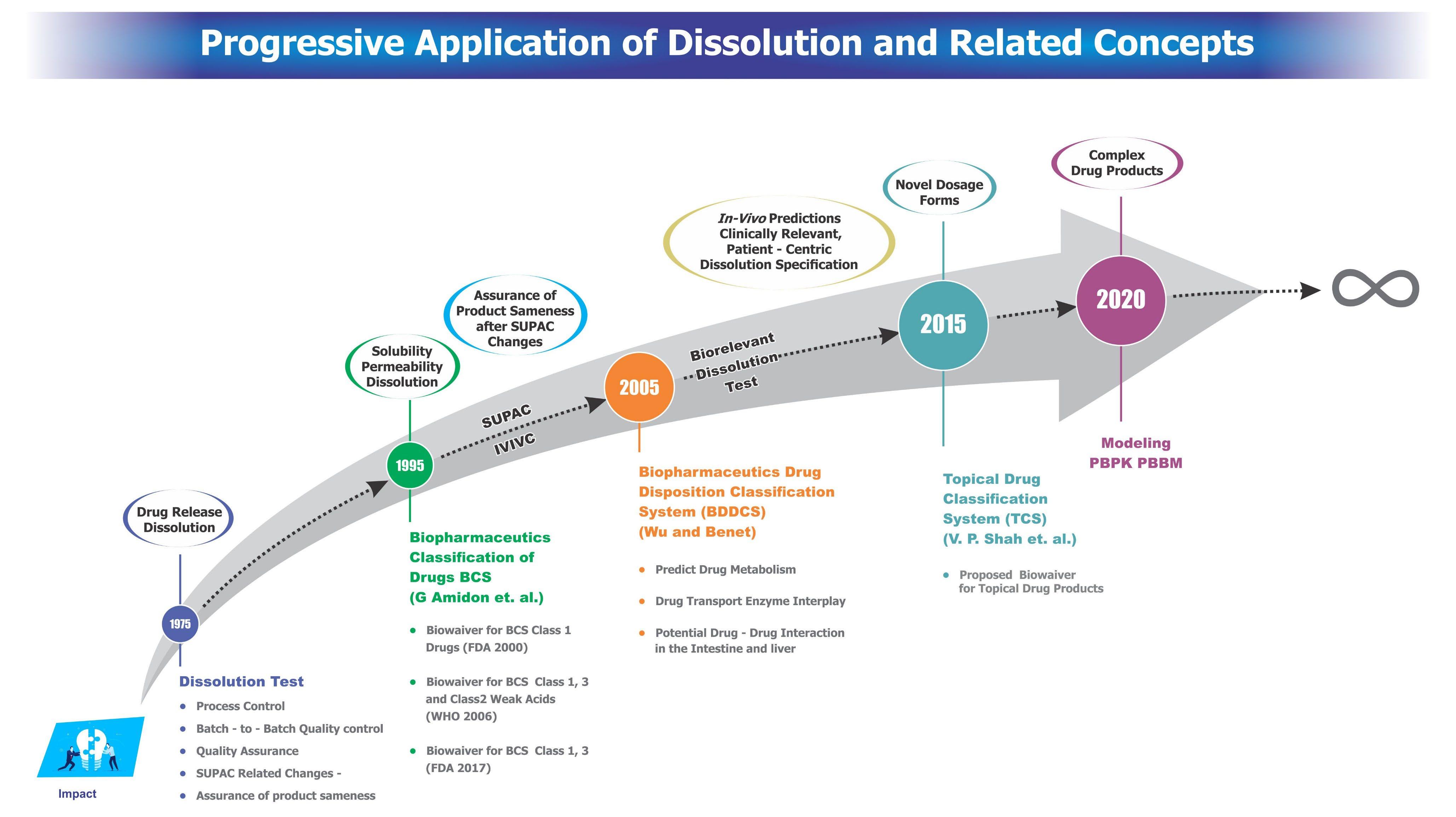
Dissolution Test
is used in product
further studies
clinical and in vivo studies
approval and marketing.
the
in selection of the formulation
used to assess batch to batch quality.
an important
as a
• It has evolved into the most useful physicochemical test for
assessment of drug product quality. • It
development and
for
for
drug
• It is
• It plays
role in BCS-based biowaiver Reducing Regulatory Burden • It functions
signal of Bioinequivalence.
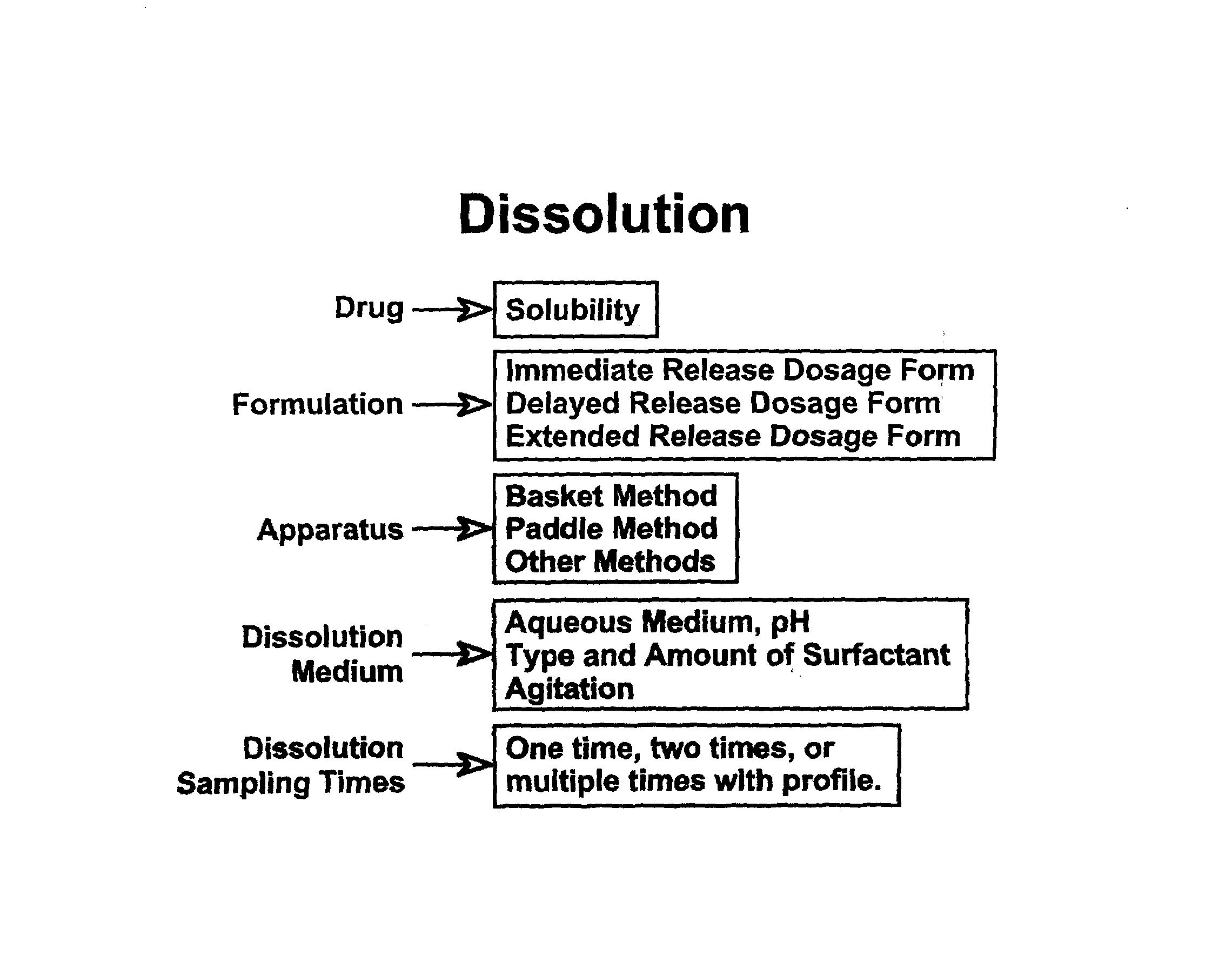
Dissolution Test • Mild enough to detect manufacturing and process variables that may affect in vivo performance of the product • Should not be overly discriminative • Basket (100 rpm) or Paddle (50-75 rpm) in 500-1000 mL of aqueous medium • Use of surfactant with justification
Dissolution Related Guidances • IR Dissolution Guidance • ER (IVIVC) Dissolution Guidance • SUPAC Guidances (IR, MR, SS) • BCS (Waiver) Guidance • General BA/BE Guidance • IR / HS drug substance / Dissolution Guidance • Product Specific (draft) guidances with IVRT http://www.fda.gov/cder/guidance/index.htm
Dissolution Related General Chapters in USP <701> Disintegration <711> Dissolution <724> Drug Release <1092> The Dissolution Procedure: Development and Validation <1094> Capsules – Dissolution Testing and Related quality Attributes <1724> Semisolid Drug products –Performance Tests
Dissolution Guidance
• Provides recommendations on the development of dissolution test methodology, approaches for setting specifications and the regulatory applications. • Provides methods for dissolution profile comparison and indications as to when dissolution is sufficient for biowaivers. Similarity factor f2
New and Generic Medicines
• New Medicines (NDA) • Based on the experience gained during the drug development process and in vivo performance of appropriate test batches • Based on acceptable clinical, pivotal bioavailability and/or bioequivalent batches • Generic Medicines (ANDA) • Based on the acceptable bioequivalent batch of the drug product • Generally the same as first entry (pioneer) drug product
Test Conditions: Immediate Release Drug Products • Apparatus • Apparatus 1 (Basket), 50/120 rpm • Apparatus 2 (Paddle), 50-75 rpm • Medium • Aqueous Medium, pH 1.2 – 6.8 • For sparingly water soluble drugs – use surfactant - must be justified, lowest amount must be used • 500-1000 ml at 37 + 0.5oC • Sampling Times • 15 minute intervals until 85 % dissolution
of
Water Soluble Actives
Dissolution
Poorly
in Oral Dosage Forms • Use of Surfactants – Why? What is Alternative? • Types of Surfactants • Methodology • Justification for surfactant use • Lowest amount of surfactant must be used
and
Gelatin Capsules
enzyme
medium (dm)
cross linking
tier) based on pH of the
Dissolution medium with pH equal or below 4.0
pepsin
activity of NMT
U/L of the dm.
Dissolution medium with pH above 4.0 and below 6.8.
papain
activity of NMT 550,000 U/L of the dm or
activity of NMT 30 GDU/L of dm.
Dissolution medium with pH equal or above 6.8.
pancreatin
activity of NMT 2000 U/L of the dm.
Pre-soaking with enzyme
surfactant is in the dm.
Dissolution –
• Capsules – Pellicle formation due to
• Use
selection of
(2nd
dissolution
•
Enzyme
–
750,000
•
Enzyme
–
bromelain –
•
Enzyme:
–
•
– if
Extended Release Drug Products
• Profiles • In multimedia, different pH • Influence of agitation • In some cases (because of concern of dose dumping with alcohol), dissolution in 0, 5, 20 and 40% (v/v) ethanol (e.g., bupropion HCl, Quetiapine fumarate ) • Specifications • Profiles with at least 3 to 4 points • Range of dissolution at all points • Time: 1 or 2 Hrs., around 50% dissolution and around 80% dissolution
Dissolution Based Biowaivers
• Conventional Release Products - Lower strengths, proportional formulations, dissolution profile comparison, f2 - Drug products with highly soluble drug substances (BCS class 1 and 3) • Extended Release Products - Lower strengths, proportional formulations and same release mechanism - Beads in a capsule - Profile comparison in one medium - Tablets - Profile comparison, pH 1.2, 4.5, 6.8
BCS
Biopharmaceutics Classification System
Biopharmaceutics Classification System
It is a
for classifying drug substance based on its solubility and permeability
Drug Substance (API) classified into 4 classes:
Class 1: Highly Soluble / Highly Permeable (HS/HP)
Class 2: Low Solubility / Highly Permeable (LS/HP)
Class 3: Highly Soluble / Low Permeability (HS/LP)
Class 4: Low Solubility / Low Permeability (LS/LP)
It is a drug development tool to justify ‘biowaiver’ in conjunction with the dissolution of the drug product.
GL Amidon, H Lennernas, VP Shah, JR Crison. A theoretical basis for a biopharmaceutics
classification system: The correlation of in vitro drug product dissolution and in vivo bioavailability. Pharm Res. 12: 413-420, 1995
•
framework
•
•
•
•
•
•
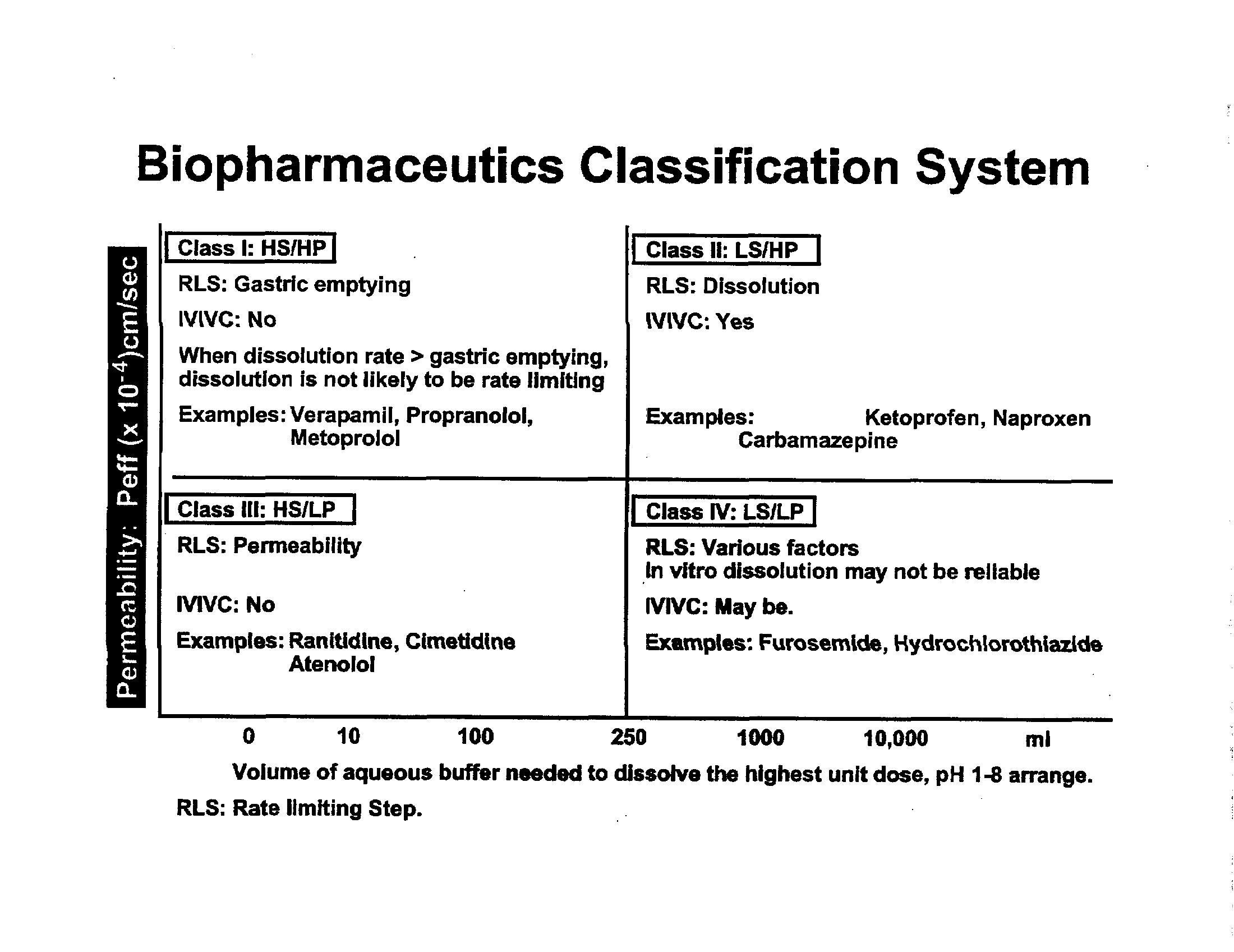
BCS Related FDA Guidance • BCS Guidance: Waiver of in vivo bioavailability and bioequivalence studies for immediate release solid oral dosage forms based on a biopharmaceutics classification system - August 2000 Revised December 2017. • Dissolution Guidance: Dissolution Testing and Acceptance Criteria for Immediate-Release Solid Oral Dosage Form Drug Products High Solubility Drug Substances - August 2018 (for BCS Class 1 & 3 drugs). • ICH M9
Global
Guidances
Technical Report Series,
Technical Report Series,
BCS
WHO • Multisource (generic) pharmaceutical products: guidelines on registration requirements to establish interchangeability. WHO
No. 937, 2006 : Annex 7, p 347-390 2015 WHO
No. 1003, 2017: Annex 6, p 181-236. EMEA • European Medicines Agency. Committee for Medicinal Products for Human Use (CHMP), guidance on the investigation of bioequivalence, 2010. ICH • Biopharmaceutics Classification System-Based Biowaivers (M9), 2019.
BCS Based Biowaivers • BCS Class 1: HS/HP - VRD or RD • Quantity of excipients should be consistent with intended function • When new excipient or atypically large amount of excipient is used, additional information documenting the absence of an impact on BA may be needed • BCS Class 3: HS/LP - VRD • contains no inactive ingredients that are known to alter GI motility and/or absorption • Inactive ingredients must be Q1 and Q2 (compared with RLD) For biowaivers Test (multisource) and Reference (comparator) products must have similar dissolution profile (f2) in all 3 media, pH 1.2, 4.5 and 6.8.
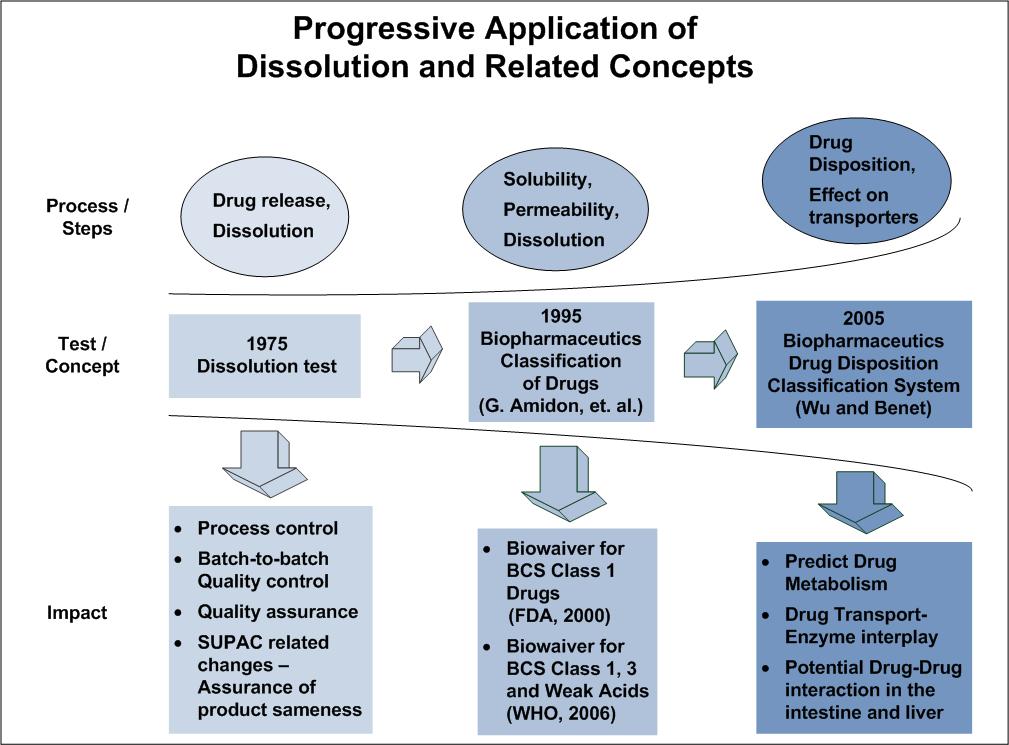
Ref: VP Shah, J Pharm Sci. 102: 2895-7, 2013.
Complex Generics
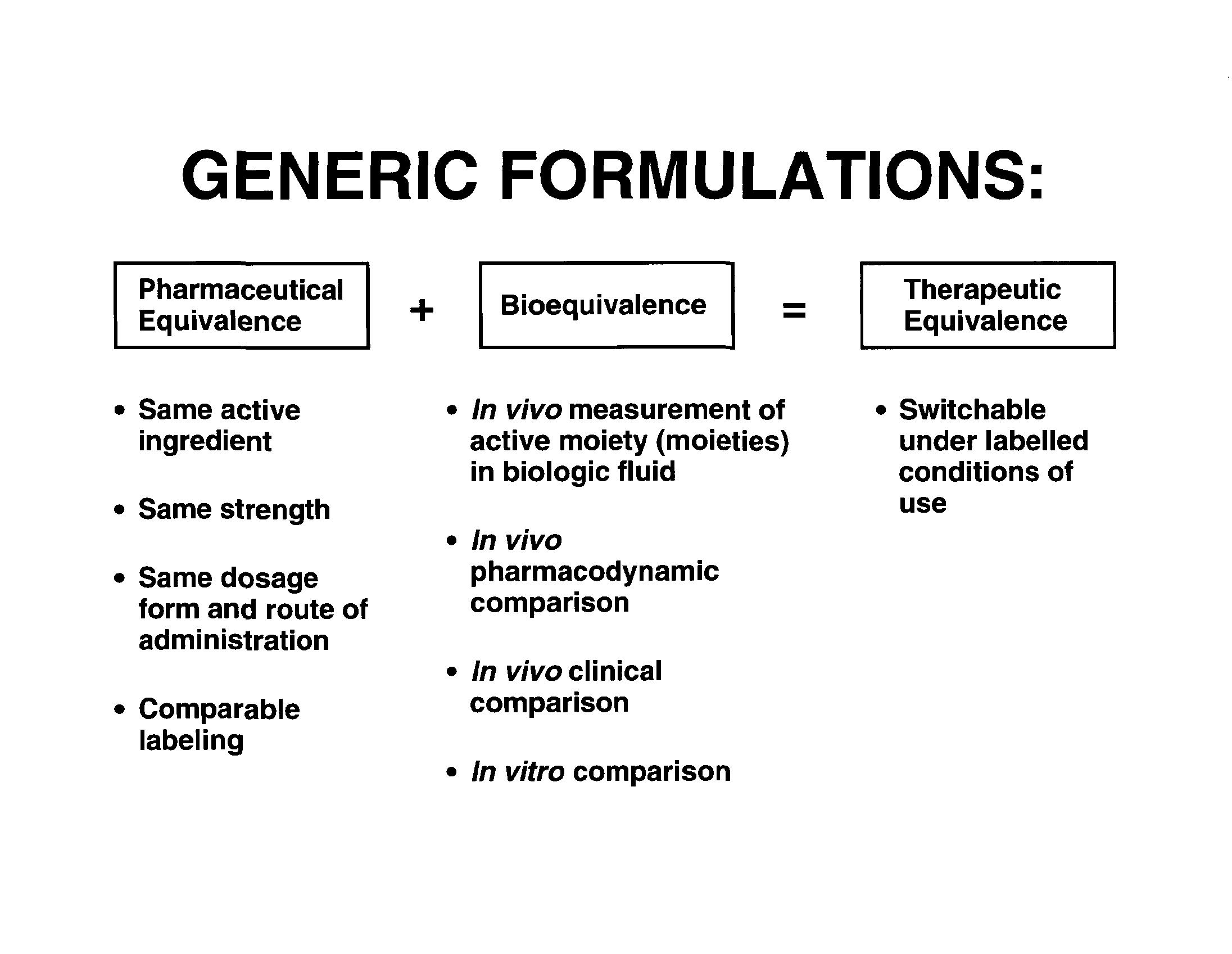
Complex Generics
• A simple generic is a copy of a small molecule reference drug and is chemically identical to its branded counterpart.
• A Complex Generic is a generic that could have a complex active ingredient, complex formulation, complex route of delivery, or a complex drug device combinations.
• Complex generics are those that are inherently difficult to duplicate.
• Complex Generics present unique drug development and regulatory challenges for demonstrating sameness of active ingredient and/or formulation and/or BE.
Complex Generics
• Complex drug substances - peptides, polymers, iron colloids, • Complex formulations - liposomes, emulsions, suspensions and polymeric materials, iron colloids, • Complex route of delivery - locally acting drugs, topical dermatological drugs, ophthalmic drugs. • Complex drug-device combination – inhalation products, auto-injectors, Transdermal systems.
Examples of In Vitro Release test used in Complex Generics
Concept of In Vitro Testing
• Dissolution tests for solid dosage forms are well established
• General principles of dissolution test should be applicable to in vitro release of complex generics dosage forms.
• Dissolution testing has been expanded to a variety of complex generics dosage forms such as TDS (patches), gel, creams, lotions, ointments, suppositories, injectable microparticulate system, liposomes, drug eluting stents, implants, aerosols, ophthalmic, inhalation …
• Due to complexity and drug delivery of complex generics dosage forms, different apparatus, procedures and techniques need to be employed – on a case-by-case basis.
Dissolution
In Vitro Release
–
Apparatus for Dissolution / In Vitro Release • USP Apparatus I, II, IV with modification(s) • USP Apparatus IV, Flow thru Apparatus is the most versatile apparatus with wide range of applications, especially for Complex Generics. • Vertical Diffusion Cell (VDC) – for Topical Dermatological Drug Products
Topical Drug
TCS is a framework for classifying topical drug products based on
qualitative (Q1) and quantitative (Q2) composition, (the role of inactive ingredients, if not Q1)
microstructure arrangements of matter (Q3) and
in vitro release (IVR) similarity.
• TCS is a classification system of topical drug products, which when applied will help in approval of generic topical drug products, without conducting in vivo studies, but assuring product efficacy and safety.
Ref: VP Shah et.al., Int J Pharmaceutics: 491 (2015) 21-25
Classification System (TCS)* (*proposed) •
•
•
•
and
Oral drug products BCS Topical drug products TCS

BCS
TCS
Biowaiver BE Biowaiver BE Ref: VP Shah et.al., Int J Pharmaceutics. 509 : 35-40 (2016).
Dissolution
•
testing remains one of the pharmaceutical industry’s most
forward, least expensive QC tools to assure product performance.
• Dissolution test distills all the information that is known about the performance of a pharmaceutical product in a laboratory setting.
• Dissolution is used as a surrogate of BE.
Dissolution serves as an important quality step in the tech transfer process.
Research in computer simulation, PBPK modeling and predictive
vivo dissolution is on the rise.
Dissolution
straight
•
•
in
Dissolution Science
• Increased knowledge and understanding of the science behind the test methodology • Availability of precise, rugged and reliable dissolution test equipment • Dissolution test is used as a surrogate in vitro bioequivalence test • Biowaiver criteria are set based on dissolution profile comparison. Where are we today?
Conclusions
• Increasingly in vitro dissolution testing is relied on to assure product quality and performance.
• An appropriate dissolution test procedure is a simple economical method that can be utilized effectively to assure acceptable drug product quality.
• Dissolution test is a biowaiver tool for reducing regulatory burden.
• Role of dissolution in Pharmaceutical drug development is continuously evolving …

ThankYouforYour Attention












